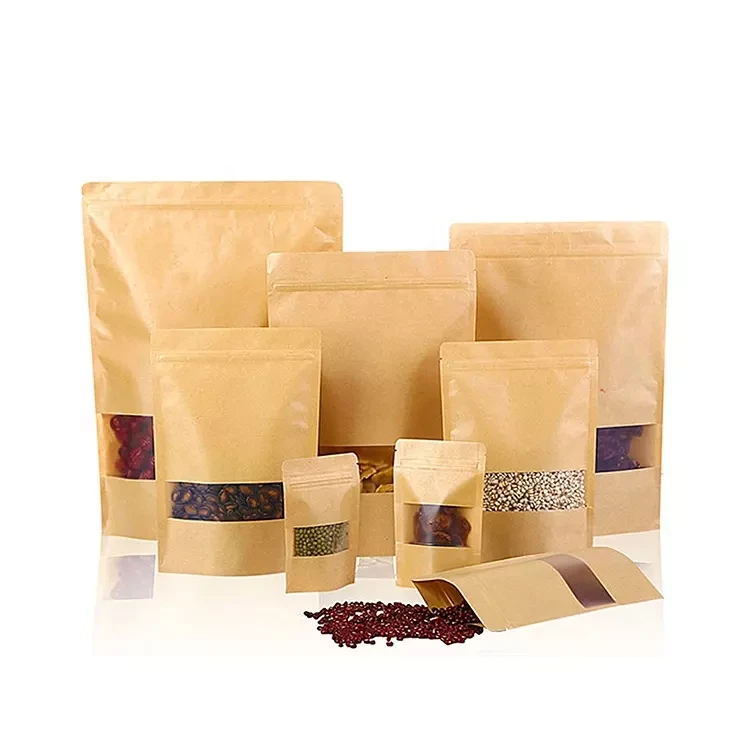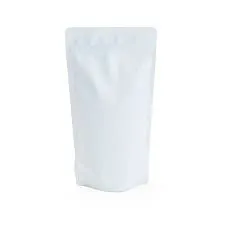- Afrikaans
- Albanian
- Amharic
- Arabic
- Armenian
- Azerbaijani
- Basque
- Belarusian
- Bengali
- Bosnian
- Bulgarian
- Catalan
- Cebuano
- chinese_simplified
- chinese_traditional
- Corsican
- Croatian
- Czech
- Danish
- Dutch
- English
- Esperanto
- Estonian
- Finnish
- French
- Frisian
- Galician
- Georgian
- German
- Greek
- Gujarati
- haitian_creole
- hausa
- hawaiian
- Hebrew
- Hindi
- Miao
- Hungarian
- Icelandic
- igbo
- Indonesian
- irish
- Italian
- Japanese
- Javanese
- Kannada
- kazakh
- Khmer
- Rwandese
- Korean
- Kurdish
- Kyrgyz
- Lao
- Latin
- Latvian
- Lithuanian
- Luxembourgish
- Macedonian
- Malgashi
- Malay
- Malayalam
- Maltese
- Maori
- Marathi
- Mongolian
- Myanmar
- Nepali
- Norwegian
- Norwegian
- Occitan
- Pashto
- Persian
- Polish
- Portuguese
- Punjabi
- Romanian
- Russian
- Samoan
- scottish-gaelic
- Serbian
- Sesotho
- Shona
- Sindhi
- Sinhala
- Slovak
- Slovenian
- Somali
- Spanish
- Sundanese
- Swahili
- Swedish
- Tagalog
- Tajik
- Tamil
- Tatar
- Telugu
- Thai
- Turkish
- Turkmen
- Ukrainian
- Urdu
- Uighur
- Uzbek
- Vietnamese
- Welsh
- Bantu
- Yiddish
- Yoruba
- Zulu
Eco-Friendly Sustainable Materials Packaging Solutions Types and Benefits
- Introduction to sustainable materials packaging
: Definition and context - Emergence of sustainable packaging materials: Data, trends, and environmental impact
- Overview of types of sustainable packaging materials
- Comparative analysis of leading suppliers and materials (Table)
- Customization: Tailoring sustainable materials for diverse packaging needs
- Real-world applications and case studies in the food industry and beyond
- Conclusion: The future outlook of sustainable materials packaging

(sustainable materials packaging)
Understanding Sustainable Materials Packaging
Sustainable materials packaging represents a pivotal transformation in the packaging industry, integrating environmental responsibility with innovation. As global concern over single-use plastics and landfill waste intensifies, industries are being driven towards alternative, environmentally responsible solutions. These packaging formats prioritize renewable, biodegradable, or recyclable sources, aiming to minimize ecological footprints while meeting market and regulatory demands. By integrating sustainable materials for packaging, businesses are not only responding to consumer preferences but are also anticipating future compliance needs and environmental standards.
Driving Forces and Data Impacting Sustainable Packaging
The demand for sustainable food packaging materials and related solutions is not just a trend—it's underpinned by stark statistical realities and evolving consumer expectations. According to a 2023 report by the Ellen MacArthur Foundation, the global packaging industry generates over 141 million tons of plastic waste annually, with less than 9% being recycled. In contrast, sustainable packaging methods can reduce carbon emissions by up to 60% compared to conventional plastics. The European market alone saw a 25% year-on-year growth in sustainable materials for packaging between 2022 and 2023, fueled by policy shifts and public accountability. These figures accentuate not only the urgency but the tangible environmental advantage that sustainable solutions bring, furthering their appeal to brands and consumers alike.
Types of Sustainable Packaging Materials
There is a rapidly expanding array of sustainable materials packaging technologies, each with unique properties and suited to distinct applications. Among the most widely adopted are:
- Bioplastics: Derived from plant sources like corn starch or sugarcane, these materials mimic conventional plastics but can be composted in industrial facilities.
- Molded Fiber & Pulp: Produced from recycled paper or bamboo fibers, these are especially prevalent in food trays and protective insert packaging solutions.
- Recycled PET/HDPE: These polymers originate from post-consumer or post-industrial plastic, offering high durability while closing the materials loop.
- Compostable Films: Leveraging plant-based cellulose or PLA, they degrade into benign organic matter within designated composting conditions.
- Glass & Aluminum: Both materials are indefinitely recyclable, making them exceptional for applications requiring robust protection and a premium feel.
Supplier Comparison: Performance and Market Competitiveness
The shift towards sustainable food packaging materials has spurred immense competition among global providers. Performance metrics and eco-credentials play a critical role in supplier selection. Below is a comparison table highlighting leading manufacturers and attributes.
| Supplier | Core Material | Biodegradability | Global Certifications | Cost Index (vs. conventional plastics) | Industries Served |
|---|---|---|---|---|---|
| NatureWorks LLC | PLA Bioplastic | Compostable (Industrial) | DIN CERTCO, BPI, EN 13432 | 1.3x | Food, Beverage, Medical |
| Genpak | Molded Fiber | Biodegradable & Compostable | USDA BioPreferred, FSC | 1.1x | Foodservice, Retail |
| EcoEnclose | Recycled Paper & Poly | Recyclable | SFI, Recyclable Logo | 1.05x | E-commerce, Apparel |
| Novamont | Mater-Bi® (Compostable Resin) | Home & Industrial Compost | OK Compost, Vincotte | 1.4x | Retail, Food Packaging |
| Ball Corporation | Aluminum Can/Bottle | Infinitely Recyclable | ISO 14001, C2C Gold | 1.2x | Beverages, Personal Care |
The cost comparison is benchmarked against standard petrochemical plastics. While upfront expenses may be higher, downstream savings from waste management, improved brand perception, and regulatory compliance frequently justify the initial investment.
Customization Strategies in Sustainable Packaging
No single solution fits all needs; tailoring sustainable materials for packaging enables producers to harmonize branding, performance, and regulatory goals. The process involves selecting appropriate base materials based on functionality—such as barrier properties for food shelf life or cushioning for electronics. Custom printing technologies permit full-color graphics using water- or soy-based inks, ensuring both aesthetic appeal and environmental safety. Further, brands can choose between rigid or flexible packaging, incorporate tamper-evident features, and engineer tailored size specifications to optimize logistics, reducing both material usage and shipping emissions.
Many providers offer customizable structures that integrate post-consumer content, aligning with closed-loop recycling systems. This not only enhances environmental ratings but also provides transparency for eco-conscious consumers via on-pack labeling. The integration of smart packaging technologies—like QR codes for product traceability or freshness indicators—increases value and differentiates sustainable food packaging materials in competitive markets.
Applications and Case Studies: Industry Implementation
Sustainable materials packaging has made remarkable inroads across multiple industries, transforming operational models and reducing ecological impact through inventive pilot programs and full-scale implementations.
- Food & Beverage: Multinational chains, including Starbucks and McDonald’s, have implemented compostable cups and molded fiber lids across thousands of locations, curbing millions of pounds of plastic waste annually. Nestlé reported a 28% reduction in single-use plastics since transitioning to bio-based flexible films for chocolate packaging.
- Apparel Ecommerce: Brands like Patagonia and Allbirds switched to 100% recycled paper mailers, leading to a reported 45% decrease in packaging-related carbon emissions.
- Pharmaceuticals: Select drug manufacturers have adopted glass vials and aluminum blisters, maximizing sterility and infinite recyclability while satisfying rigorous industry standards.
- Technology & Consumer Electronics: Apple’s iPhone packaging recently shifted to molded fiber trays, eliminating 610 tons of plastic annually and achieving a 70% reduction in total packaging.
These cases underline not only the operational feasibility but also the diverse applicability of sustainable packaging materials, from perishable goods to high-tech devices.
Future Prospects and Innovations in Sustainable Materials Packaging
The evolution of sustainable materials packaging is poised to accelerate, underpinned by advances in biomaterials, waste-to-resource conversion, and closed-loop systems. With regulatory landscapes expected to further tighten—such as the EU’s forthcoming packaging waste legislation—companies are investing in modular, adaptive solutions that minimize life-cycle impact. Emerging trends include enzymatic recycling technologies for plastics, active packaging that extends product shelf life, and AI-driven logistics optimization to reduce overpackaging. As research and commercial momentum continue apace, sustainable materials for packaging will deliver greater efficiencies, compliance confidence, and brand equity, setting new benchmarks for modern packaging solutions.

(sustainable materials packaging)
FAQS on sustainable materials packaging
Q: What are sustainable materials for packaging?
A: Sustainable materials for packaging are environmentally friendly resources, such as recycled paper, bioplastics, or plant-based fibers. These materials reduce environmental impact by being recyclable, compostable, or renewable. They help promote a circular economy in the packaging industry.
Q: Why is sustainable food packaging important?
A: Sustainable food packaging minimizes waste and pollution by using renewable or compostable materials. It helps protect food safety while reducing the carbon footprint. Choosing sustainable packaging also appeals to eco-conscious consumers.
Q: What are the main types of sustainable packaging materials?
A: Common types include cardboard and paper, bioplastics like PLA, compostable cellulose, and reusable glass or metal. Each type has specific advantages for different products. The choice depends on durability, cost, and environmental impact.
Q: How can companies switch to sustainable materials packaging?
A: Companies can audit current packaging, research eco-friendly alternatives, and partner with sustainable suppliers. Transitioning may involve trialing new materials to ensure product safety and consumer acceptance. Financial incentives and green certifications can further support the switch.
Q: Are sustainable packaging materials as effective as conventional ones?
A: Many sustainable packaging materials offer similar protection and durability as conventional materials. Technological advances have improved their barrier properties and strength. However, suitability depends on the specific application and product needs.













